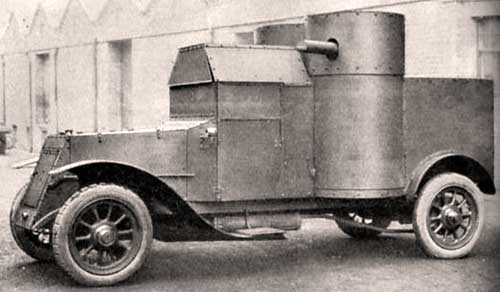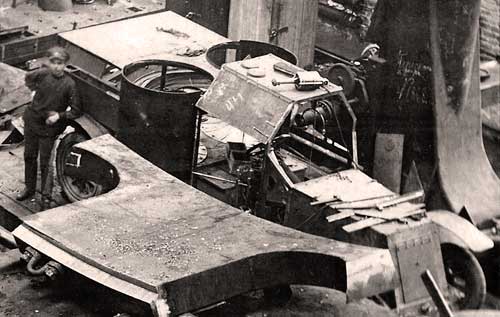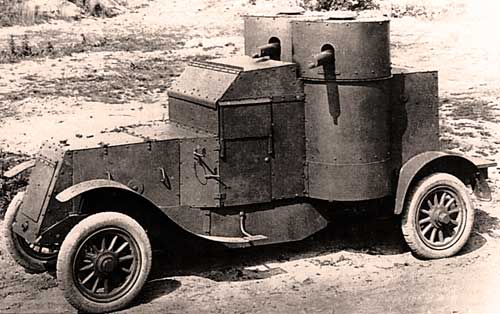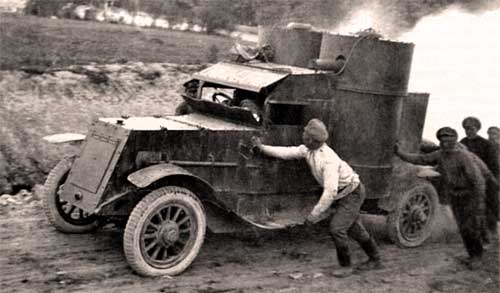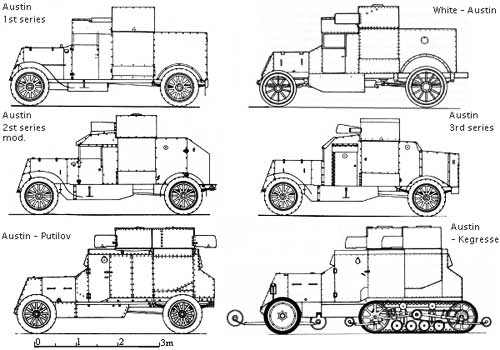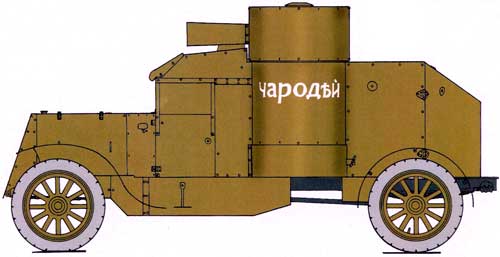
Austin Armored Car developed by the British company "Austin"
Content
Austin Armored Car developed by the British company "Austin"
The effectiveness of armored vehicles during the First World War was demonstrated by the Germans. Russia has also started building this type of weapon. However, at that time, the capacity of the only Russian-Baltic carriage plant, which produced cars, was not enough to cover the needs of the army even in transport vehicles. In August 1914, a special purchasing commission was created, which departed for England to purchase automotive equipment and property, including armored vehicles. Before leaving, the tactical and technical requirements for the armored car were developed. So, the acquired armored vehicles were supposed to have horizontal booking, and machine-gun armament consisted of at least two machine guns located in two towers rotating independently of each other. The purchasing commission of General Sekretev did not reveal such developments in England. In the autumn of 1914, the British armored everything haphazardly, without horizontal protection and towers. The most massive British armored car of the First World War, the Rolls-Royce, which had horizontal protection, but one turret with a machine gun, appeared only in December.
Armored cars "Austin" 1st seriesThe base for the armored car was the chassis, produced by the Colonial passenger car company with an 30 hp engine. The engine was equipped with a Kleydil carburetor and a Bosch magneto. The transmission to the rear axle was carried out using a cardan shaft, the clutch system was a leather cone. The gearbox had 4 forward speeds and one reverse. Wheels - wooden, tire size - 895x135. The vehicle was protected by armor 3,5-4 mm thick, manufactured at the Vickers factory, and had a net weight of 2666 kg. The armament consisted of two 7,62-mm machine guns "Maxim" M.10 with 6000 rounds of ammunition, mounted in two rotating towers, placed in a transverse plane and having a firing angle of 240 °. The crew included a commander - a junior officer, a driver - a corporal and two machine gunners - a junior non-commissioned officer and a corporal.
Austin received an order for 48 armored vehicles of this design on September 29, 1914. Each car cost £1150. In Russia, these armored vehicles were partially re-armored with 7 mm armor: the armor was replaced on the turrets and on the front hull plate. In this form, the Austin armored cars went into battle. However, the first hostilities showed the insufficiency of booking. Starting with the machines of the 13th platoon, all the Austins of the 1st series entered the Izhora plant and underwent a complete re-armor, and then they were transferred to the troops. And the armored cars already at the front were gradually recalled to Petrograd to replace the armor.
Obviously, an increase in the thickness of the armor entailed an increase in mass, which negatively affected their already modest dynamic characteristics. In addition, on some combat vehicles, the deflection of the frame channels was noticed. A significant drawback was the shape of the roof of the driver's cabin, which limited the forward sector of machine gun fire.
Armored cars "Austin" 2st seriesIn the spring of 1915, it became clear that the armored vehicles ordered in England were not enough for the needs of the front. And the Anglo-Russian Government Committee in London was instructed to conclude contracts for the construction of additional armored vehicles according to Russian projects. In the period from June to December, it was planned to build 236 armored vehicles for the Russian army, but in reality 161 were produced, of which 60 belonged to the 2nd series.
An order for a new armored car, the development of which took into account the shortcomings of the 1st series, was issued on March 6, 1915. The chassis of a 1,5-ton truck with a 50 hp engine was used as a base. The chassis frame and differential were reinforced. These vehicles did not need to be re-armored, since their hulls were riveted from 7 mm thick armor plates. The shape of the hull roof was changed, but the hull itself was somewhat shortened, which caused crowding in the fighting compartment. There were no doors in the stern of the hull (while the cars of the 1st series had them), which greatly complicated the embarkation and disembarkation of the crew, since only one door on the left side was intended for this.
Among the shortcomings of the armored vehicles of the two series, one can mention the lack of a stern control post. On the "Austins" of the 2nd series, it was installed by the forces of platoons and the Reserve Armored Company, while the armored vehicles were also equipped with a rear door. So, in the “Journal of military operations” of the 26th machine-gun automobile platoon it is said: “On March 4, 1916, the second (rear) control on the Chert car was completed. Control is similar to the car "Chernomor" by means of a cable going from under the front steering wheel to the back wall of the car, where the steering wheel is made". Armored cars "Austin" 3st seriesOn August 25, 1916, another 60 Austin armored vehicles of the 3rd series were ordered. The new armored vehicles largely took into account the experience of the combat use of the first two series. The mass was 5,3 tons, the engine power was the same - 50 hp. Armored cars of the 3rd series had a stern control post and bulletproof glass on the viewing slots. Otherwise, their technical characteristics corresponded to the armored vehicles of the 2nd series.
In 1916, the delivery of Austin Series 3 began, and in the summer of 1917, all armored vehicles arrived in Russia. It was planned to place an order for another 70 machines of the 3rd series, equipped with dual rear wheels and a reinforced frame, with a delivery date of September 1917. These plans were not implemented, although the company received an order for armored cars and released some of them. In April 1918, the 16th battalion of the British tank corps was formed from 17 of these armored vehicles. These vehicles were armed with 8mm Hotchkiss machine guns. They saw action in France in the summer of 1918.
As mentioned at the beginning of this article on our site pro-tank.ru, Austins were also in service with foreign armies. Two armored cars of the 3rd series, sent in 1918 from Petrograd to help the Finnish Red Guard, were in service with the Finnish army until the mid-20s. In the early 20s, two (or three) Austins were received by the Mongolian revolutionary army of Sukhe Bator. One armored car of the 3rd series was in the Romanian troops. For some time, the “Austin” of the 2nd series “Zemgaletis” was listed as part of the armored forces of the Republic of Latvia. In 1919, four "Austin" (two 2nd series and two 3rd) were in the armored unit "Kokampf" of the German army.
1 series
2 series
3 series
Sources:
| |||||||||||||||||||||||||||||||||||||||||||||||||||||||||||||||||||||||||||||||||||||||||||||||||||||||||||||||||||||
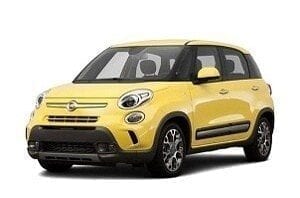
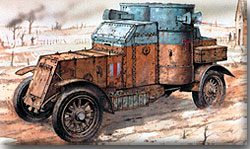 Armored cars "Austin" were developed by a British company on a Russian order. They were built in various modifications from 1914 to 1917. They were in service with the Russian Empire, as well as the German Empire, the Weimar Republic (in historiography, the name of Germany from 1919 to 1933), the Red Army (in the Red Army, all Austins were finally withdrawn from service in 1931), etc. So, Austin ”Fought against the white movement, a small number of armored vehicles of this type were used by white armies on the fronts against the Red Army. In addition, a certain amount was used by the UNR army during the Russian Civil War. Several machines arrived in Japan, where they were in service until the early 30s. As of March 1921, there were 7 Austins in the armored units of the Polish Army. And in the Austrian army "Austin" 3rd series was in service until 1935.
Armored cars "Austin" were developed by a British company on a Russian order. They were built in various modifications from 1914 to 1917. They were in service with the Russian Empire, as well as the German Empire, the Weimar Republic (in historiography, the name of Germany from 1919 to 1933), the Red Army (in the Red Army, all Austins were finally withdrawn from service in 1931), etc. So, Austin ”Fought against the white movement, a small number of armored vehicles of this type were used by white armies on the fronts against the Red Army. In addition, a certain amount was used by the UNR army during the Russian Civil War. Several machines arrived in Japan, where they were in service until the early 30s. As of March 1921, there were 7 Austins in the armored units of the Polish Army. And in the Austrian army "Austin" 3rd series was in service until 1935.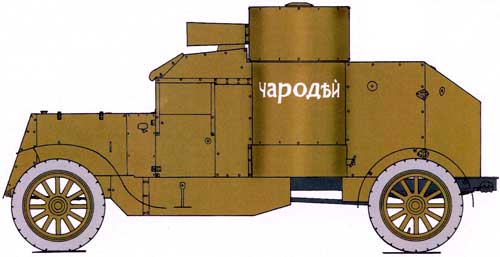
 Engineers from the Austin Motor Company from Longbridge set about developing an armored car project that meets Russian tactical and technical requirements. This was done in a fairly short time frame. In October 1914, a prototype was built, approved by the command of the Russian army. Note that the company "Austin" was founded by the former technical director of Wolseley, Sir Herbert Austin in 1906, in the former printing house of the small town of Longbridge, near Birmingham. Since 1907, it began producing 25-horsepower passenger cars, and by the beginning of World War I, it was producing several models of passenger cars, as well as 2 and 3-ton trucks. The total output of Austin by this time was more than 1000 different cars a year, and the number of workers was more than 20000 people.
Engineers from the Austin Motor Company from Longbridge set about developing an armored car project that meets Russian tactical and technical requirements. This was done in a fairly short time frame. In October 1914, a prototype was built, approved by the command of the Russian army. Note that the company "Austin" was founded by the former technical director of Wolseley, Sir Herbert Austin in 1906, in the former printing house of the small town of Longbridge, near Birmingham. Since 1907, it began producing 25-horsepower passenger cars, and by the beginning of World War I, it was producing several models of passenger cars, as well as 2 and 3-ton trucks. The total output of Austin by this time was more than 1000 different cars a year, and the number of workers was more than 20000 people.


